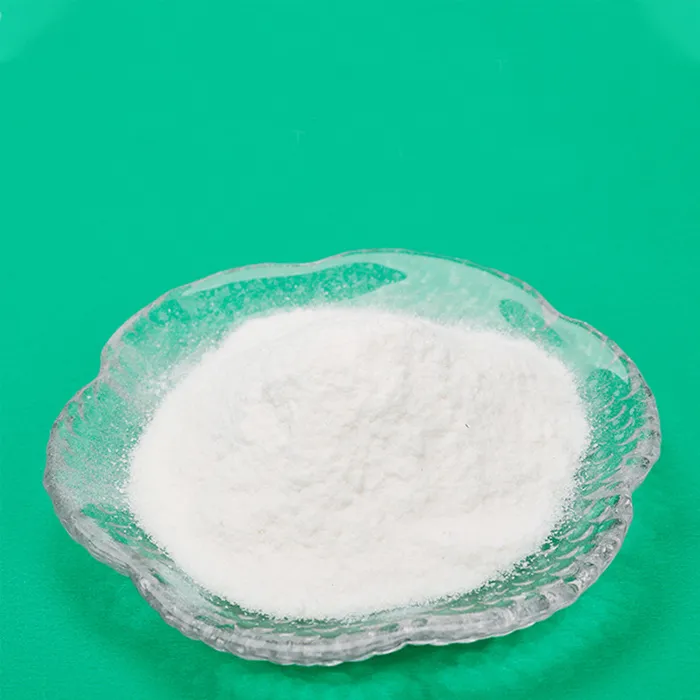

The mining sector acknowledges PAM's role in mineral processing. Its flocculation abilities assist in solid-liquid separation processes, crucial in mineral extraction and tailings management. By reducing the water content in tailings, polyacrylamide enhances the safety and environmental standards of mining operations. Moreover, it aids in the recovery of valuable minerals, thereby maximizing yield and minimizing waste. Mining operations that integrate polyacrylamide into their processes benefit from improved efficiency and reduced environmental impact. Despite its numerous benefits, the deployment of polyacrylamide requires careful consideration of its formulation and application methods. The polymer's effectiveness can vary based on factors such as pH, ionic strength, and the nature of the substrate. Expert guidance and rigorous testing are recommended to determine the optimal conditions for its use. Collaborations with academic institutions and specialized consultants can foster innovation and tailor PAM solutions to meet evolving industry needs. It is imperative for industries to invest in research and development concerning polyacrylamide to leverage its full potential while addressing environmental and safety concerns. By prioritizing sustainable practices and adhering to stringent regulations, businesses can not only thrive but also contribute positively to global environmental initiatives. In conclusion, polyacrylamide (PAM) continues to be a pivotal component across various sectors, enhancing operational efficiency, product quality, and environmental sustainability. Its extensive applications, from water treatment to mining, demonstrate its indispensability in contemporary industrial practices. As industries strive for innovation and sustainability, PAM stands out as a key ally in achieving those goals.
Next:

